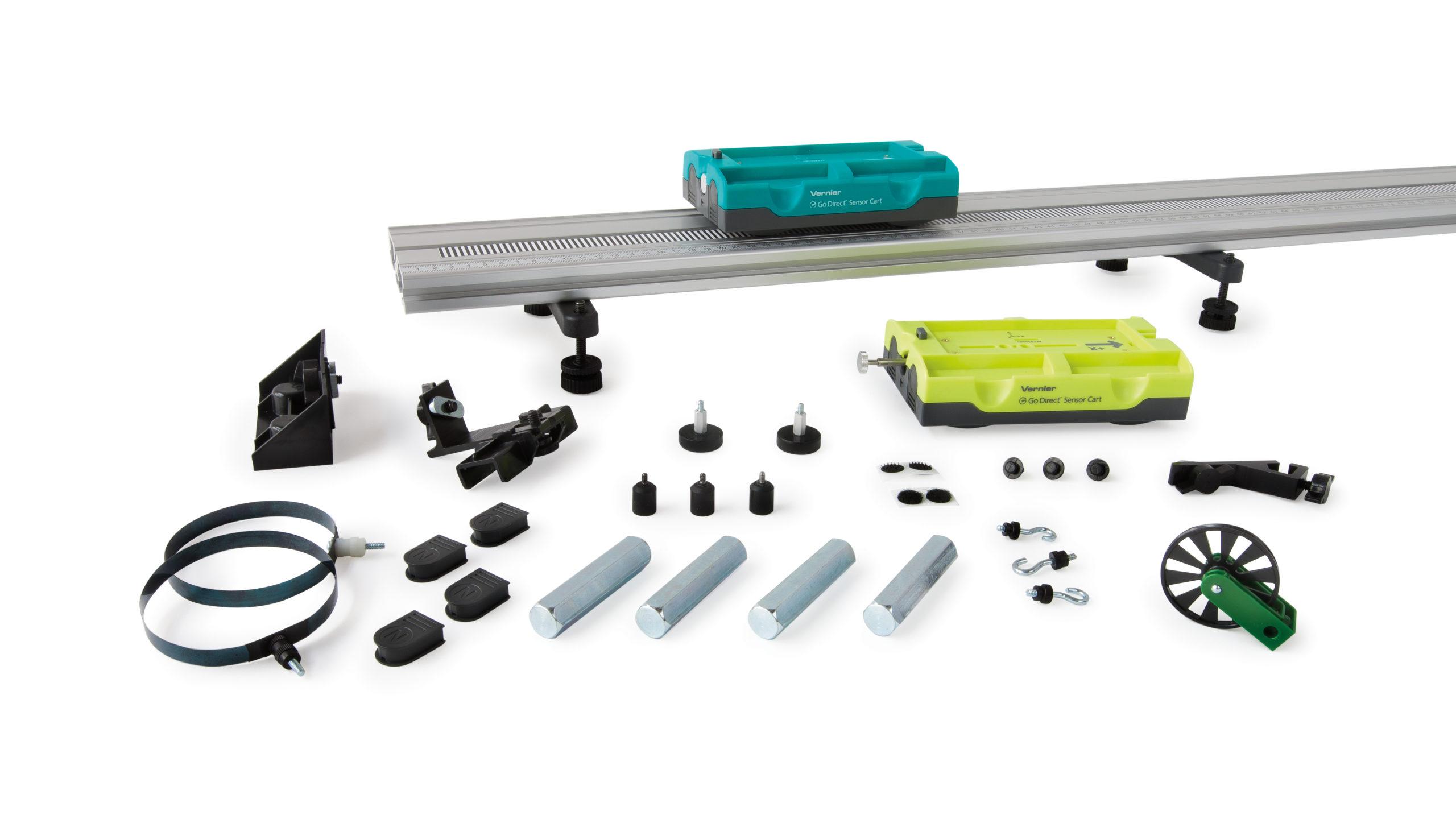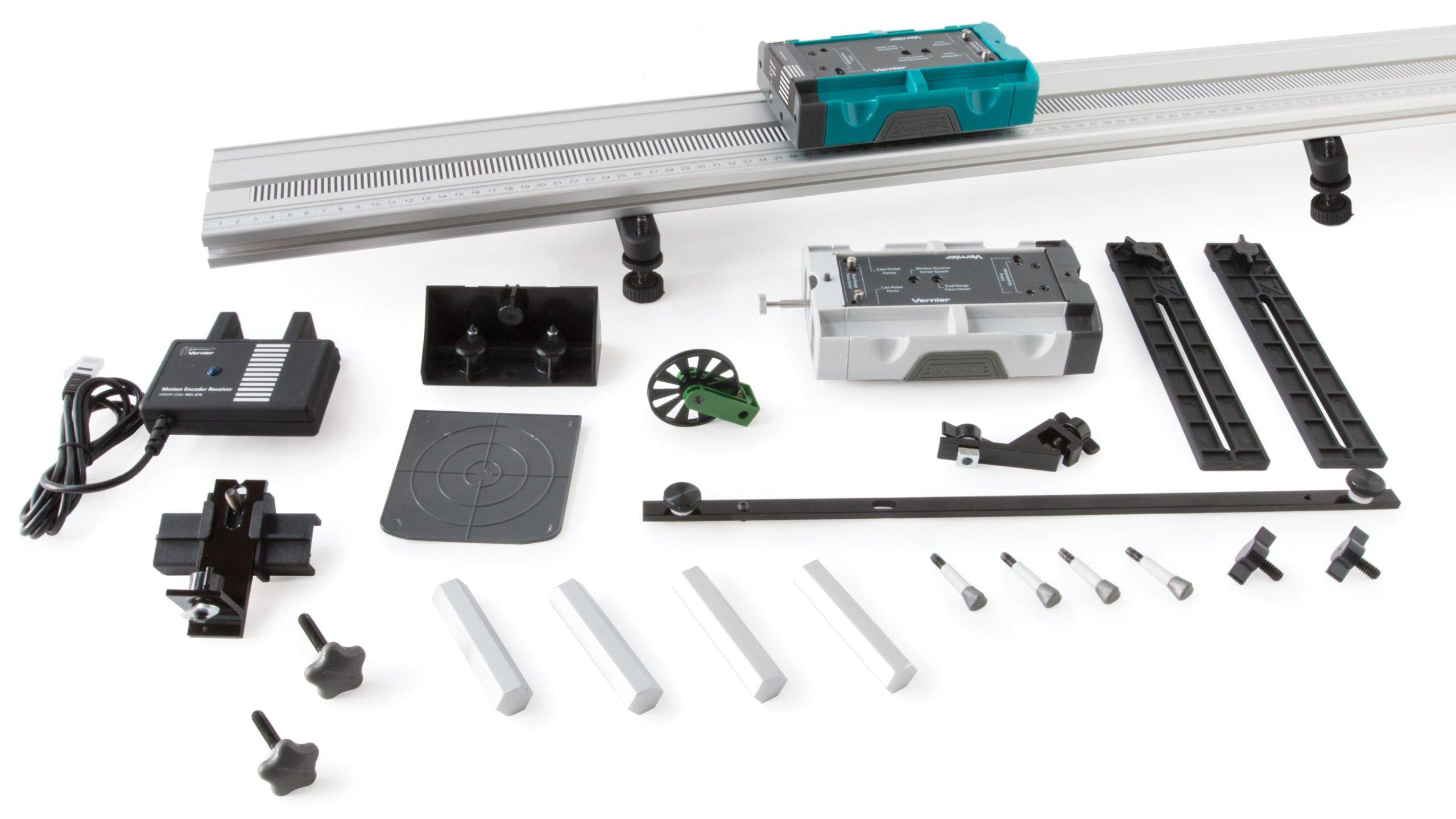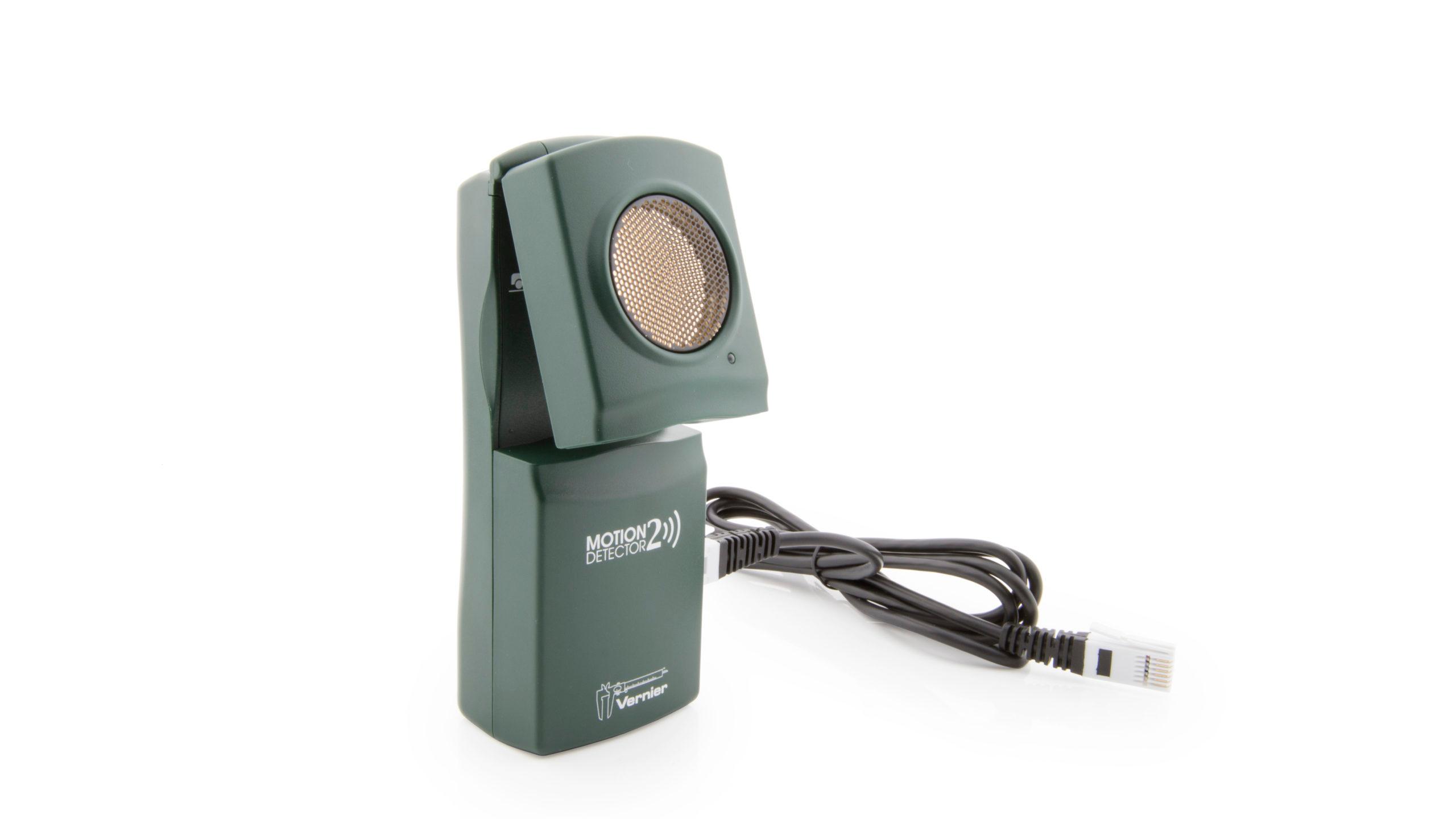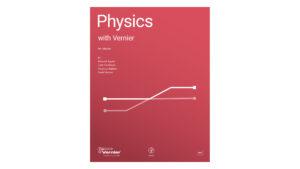
Introduction
During the early part of the seventeenth century, Galileo experimentally examined the concept of acceleration. One of his goals was to learn more about freely falling objects. Unfortunately, his timing devices were not precise enough to allow him to study free fall directly. Therefore, he decided to limit the acceleration by using fluids, inclined planes, and pendulums. In this experiment, you will see how the acceleration of a rolling ball or cart depends on the incline angle. Then, you will use your data to extrapolate to the acceleration on a vertical “incline;” that is, the acceleration of a ball in free fall.
If the angle of an incline with the horizontal is small, a cart rolling down the incline moves slowly and can be easily timed. Using time and position data, it is possible to calculate the acceleration of the cart. When the angle of the incline is increased, the acceleration also increases. The acceleration is directly proportional to the sine of the incline angle, θ. A graph of acceleration versus sin(θ) can be extrapolated to a point where the value of sin(θ) is 1. When sin(θ) is 1, the angle of the incline is 90°. This is equivalent to free fall. The acceleration during free fall can then be determined from the graph.
Galileo was able to measure acceleration only for small angles. You will collect similar data. Can these data be used in extrapolation to determine a useful value of g, the acceleration of free fall? We will see how valid this extrapolation can be. Rather than measuring time, as Galileo did, you will use a Motion Encoder System to determine the acceleration. You will make quantitative measurements of the motion of a cart rolling down inclines of various small angles. From these measurements, you should be able to decide for yourself whether an extrapolation to large angles is valid.
Objectives
- Use a Motion Encoder System to measure the velocity and acceleration of a cart rolling down an incline.
- Determine the mathematical relationship between the angle of an incline and the acceleration of a cart rolling down the incline.
- Determine the value of free fall acceleration, g, by using an extrapolation on the acceleration vs. sine of track angle graph.
- Determine if an extrapolation of the acceleration vs. sine of track angle is valid.
Sensors and Equipment
This experiment features the following sensors and equipment. Additional equipment may be required.
Ready to Experiment?
Ask an Expert
Get answers to your questions about how to teach this experiment with our support team.
- Call toll-free: 888-837-6437
- Chat with Us
- Email support@vernier.com
Purchase the Lab Book
This experiment is #4 of Physics with Vernier. The experiment in the book includes student instructions as well as instructor information for set up, helpful hints, and sample graphs and data.






